Podcast: Play in new window | Download
Subscribe: RSS
John Anderson is the Managing Director of Practice Management Solutions for the SEI Advisor Network. He has been with SEI for over 20 years and is responsible for all programs focused on helping financial advisors grow their businesses, create efficiencies in their operations and differentiate their practices. John is frequently quoted in publications, such as Investment News, Financial Planning magazine and The Wall Street Journal, and is a regular speaker at broker-dealer conferences, client seminars and other industry forums. He is also the lead author of SEI’s practice management blog, Practically Speaking.
Takeaway Quote:
“As we evolve into running a more mature business, we’ve got to start thinking about focusing on a specific type of client.”
Show Timeline:
01:24 Background on the new referral research
The motivation behind conducting the research, and its objectives
04:12 The next phase of the research
An exciting new tool to help advisors understand the best course of action for their firm
07:42 Why this is important for advisors today
The need to replace old tactics with new, personalized strategies
10:02 How advisors can get started with the right referral strategy for them
The hard question advisors should be asking themselves about being referable
16:43 Embracing and understanding your target market
An example of an advisor who has built his business around his ideal clients
19:20 Making the ideal client come alive
How to think about communications and services from the perspective of that client
22:07 Getting the message out through conversations
Helping clients understand your focus and creating better referrals as a result
23:30 The surprising trends in the research relating to advisors’ teams
Team engagement and the correlation to referral success
26:18 Team training and the idea of putting staff first
The ripple effect of having a team full of people excited to contribute to your mission
29:30 The difference in this research and what it will help advisors accomplish
Looking forward to the Referability Index and more
Links:
The Elements of Advisor Referability Whitepaper: http://www.seic.com/referability
Website: http://seicblogs.com/advisor-practice-management/
Twitter: https://twitter.com/SEIJohnA
LinkedIn: https://www.linkedin.com/in/seijohna/
Want more?
Stephen Wershing: www.TheClientDrivenPractice.com/checklistblog
Julie Littlechild: www.absoluteengagement.com/blog
Episode Transcript:
Steve Wershing:
Welcome to Becoming Referable, the podcast that shows you how to become the kind of advisor people can’t stop talking about. I’m Steve Wershing, and on this episode, we’re joined by John Anderson, who’s Managing Director and Head of Practice Management Solutions for SEI Advisor Network, and who’s the co-author with Julie and me, of the new research paper, The Elements of Referability. We talk a little bit about our research project and some of the findings. Some findings that are not all that surprising, like, the people who tend to get the most referrals have a referral marketing system that they follow, and some surprising results, including the importance of talking about the description of your target client and their unique needs to your own staff. We cover a lot of the really interesting elements of this research paper, and also tell you how you can find a copy of one for yourself. Without any further introduction, let’s get to our conversation with John Anderson.
Julie Littlechild:
Well John, welcome, so happy to have you with us today.
John Anderson:
Thank you, and thanks for having me along today.
Julie Littlechild:
Oh, it’s absolutely our pleasure. We’ve been really looking forward to the conversation today, I mean, for a whole variety of reasons. First of all, because we get to pick your brain, and that’s a good thing whenever we get that opportunity. But in particular, it’s also because we’re going to be sharing some information on a project that all three of us have really been working on, so Steve, at the Client Driven Practice, John, yourself and the SEI team, and myself have been partnering on what I think is just some interesting new research around referrals. I thought maybe I could start if it’s okay with you two and just give a little bit of context on the research, and then maybe we could dig in. Does that make sense?
John Anderson:
That sounds good.
Julie Littlechild:
Okay, perfect. So, all of this began with some research that, quite some time ago, Steve and I had decided to do. And, you know, we like big goals, and we thought that it was time to take a more scientific approach to referrals. You know, we’ve been jointly doing a lot, in fact, if you look at what all three of us have been doing, I’ve been doing investor research on this, advisor research. Steve has been out there coaching on this, John, you’ve been writing about it and training about it. And we’ve got a lot of ideas, but we felt like what might be missing is the ability to go back to some data and say this is really what’s working. Because we hear a lot of tactics, and we know that some work for some advisors, others for other advisors, but there didn’t feel like there was a framework that advisors could go to and say, “I need to really take a hard look at my business, I need to understand where I am, and I need to understand which levers I can pull in order to increase referrals.” So, in a way, it’s hard to know where to start.
So, we got to work on a process to bring a bit of rigor to the discussion, and we began with this study of more than 600 advisors, and that’s really where John and the SEI team came in, raised their hands and said, look, we know this is important, we’ve been doing work in this area, and it felt like this great natural partnership to come together and get this research done. So, we went out, we conducted a very in-depth study among advisors, and out of that, created a framework for referrals with the elements of referability. Essentially, what we did was isolate the advisors who were achieving significant referral success, and then really dug into their businesses to understand what they were doing differently. Today, what we’re going to do is dig into some of that research, excited to get John’s perspective because of his depth of experience in working directly with advisors. I do want to jump to that, but just as I’m saying that, Steve, it might be helpful if you also gave us a little context on sort of the next phase to this research and really where you’re trying to get with it.
Steve Wershing:
I would love to, and I just want to reinforce what you said, Julie, that there’s been a lot that all three of us, but a lot of other people, some of whom have been guests on this podcast, have worked on with referrals and have coached people on with referrals. Some of what you and I have talked about, and Julie, I know you’ve heard this before, there’s not that much actual rigor around what a lot of people have been recommending. There’s a lot of personal experience, but I’m sure you’ve heard this before, that the plural of anecdote is not data. It’s nice to actually have this sort of systematic study so now we’ve got some data that we can point to, and it reinforced some of the things that we thought and actually surprised us with a couple of other things that turned up in the data that we hadn’t anticipated, and things that did not materialize in the data that we had anticipated.
But where this is going from here comes out of the idea that spawned this whole thing, which is, an advisor can go to a conference and sit through two or three or four sessions on marketing and how to attract more clients and how to get more referrals and those kinds of things, and they’re left with the thought of, first, which of these work, but more importantly, which of these should I do. Unfortunately, the best answer to that is, well, it kind of depends, because every advisor has a business that looks different, that’s built different, that’s at a different stage of development, so what will work really well for one will not necessarily be the optimal idea for another.
I started thinking, wouldn’t it be cool if there was some kind of tool where you could answer a bunch of questions about your business and it would sort of deconstruct your practice and x-ray it according to all the elements of it, all of the aspects of it that lead to referrals, so that you could look at it and say, “Well, if I’m going to invest time or money in generating more referrals or generating more clients, what would give me the biggest payback? Where would be my biggest ROI?” And the assessment would say, “For you, Mr. Advisor, it would be over here, in this area. If you work on strengthening this, this is where you’re going to get the biggest leverage.” But a different advisor taking the same assessment would get a different result, saying, “Oh well, for you, Ms. Advisor, you’re better off focusing over here.”
This study, this research will be the basis of a tool that I’m developing that SEI is helping to pilot and will initially be rolled out through them, called the Referability Index. So, an advisor will be able to sit down, answer 40 or 50 questions, and get that sort of x-ray of the business that will then give them some ideas on what they can do. If they’re going to focus on bringing in more referrals, what area will bring them the biggest payback.
Julie Littlechild:
Great. So, John, I’m interested from your perspective, you see a lot of different ideas just like Steve said, we’re at conferences we hear these things all the time. What was it about kind of going out, doing the research, thinking about the tool that you thought might be helpful for advisors? Why do you think this is important for advisors today?
John Anderson:
Well, I think, you know, when I look at the different conferences, and we all attend these conferences and we all hear these speakers, and most of them do a great job because it’s something that’s worked for them. But when I first started hearing about the idea of the referability index, and when I first started hearing the idea of creating this research, what really drew me to the whole conversation was trying to find a way to get away from just providing tactics. I think about the average advisor who conducts a great quarterly service meeting. You know, they talk about the plan, they talk about the investments, they talk about the wife and kids, they talk about the grandkids, they talk about all these great things, and this meeting is going really, really great until the very end.
The very end, the advisor starts looking down at his or her shoes, and kind of says, if there’s anybody that you know of that I could work with, and the client starts looking down at his or her shoes and says well I can’t think of anybody right now, it doesn’t really come to mind. You know, you take these great meetings and you kill them because the strategy is not really around asking for referrals. It’s more of a tactic, hey, I know I’m supposed to ask so I’d better put this on the agenda, or I’d better ask them at the end of the meeting. Or, I put something at the end of my email saying referrals are always welcome. I look at all of these little, one-off tactics and yet most of the advisors will tell you that they don’t work. They don’t work because it’s not necessarily part of an overall strategy. They don’t work because it’s not necessarily something that they’re comfortable with doing.
What I was really intrigued about, the whole idea about the research, and around the tool, was how do we help advisors find a way to get business, business that they know that they deserve, the quality types of referrals that they want, but how do we get it in a way that’s going to build a strategy around it, and how do we do it in a way that’s going to work for them, not just everybody. Make it more of a unique interaction. That’s why I was really excited about this whole idea about creating this research and then a benchmarking tool around it.

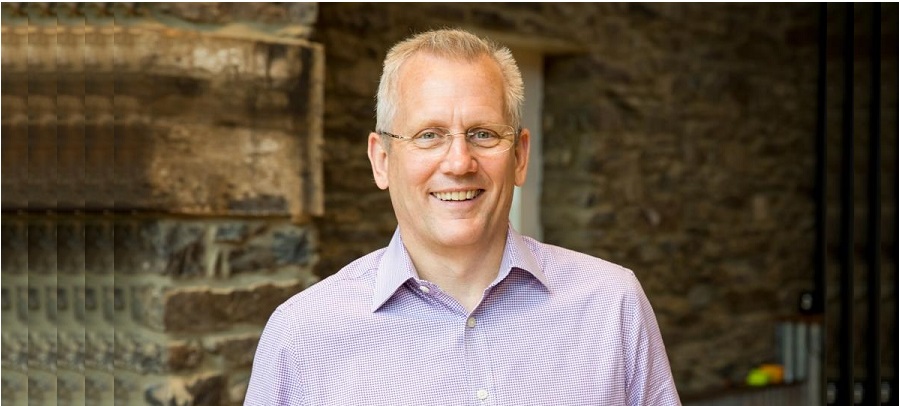

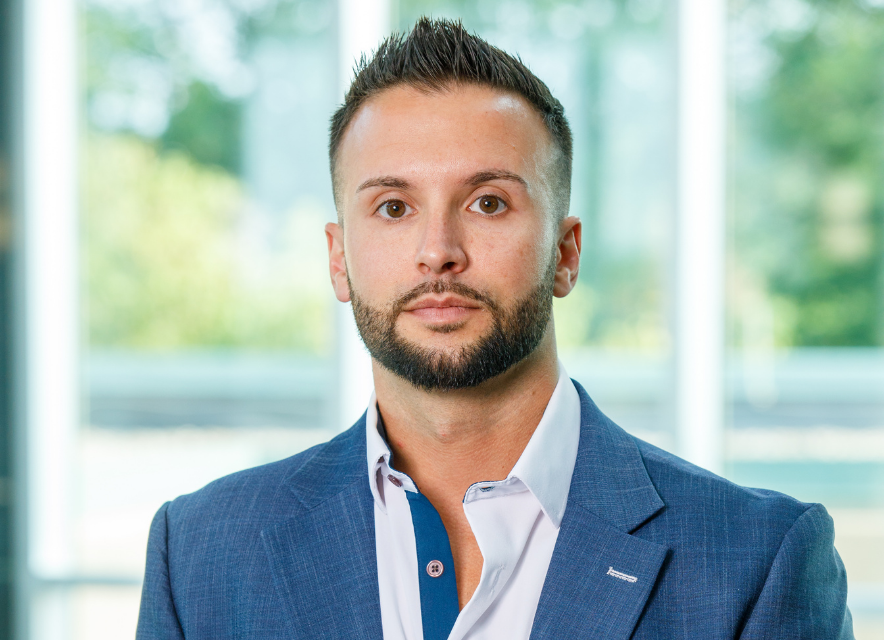
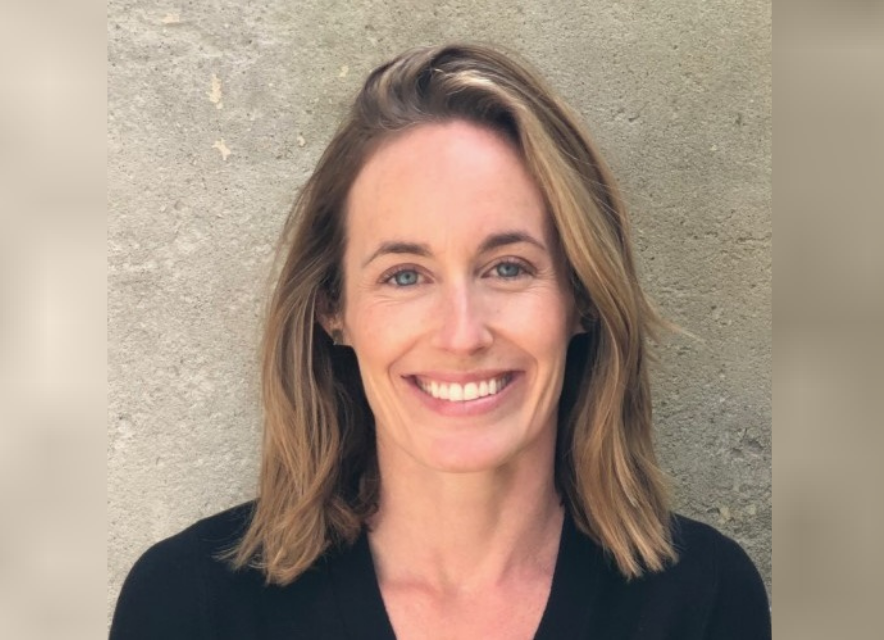
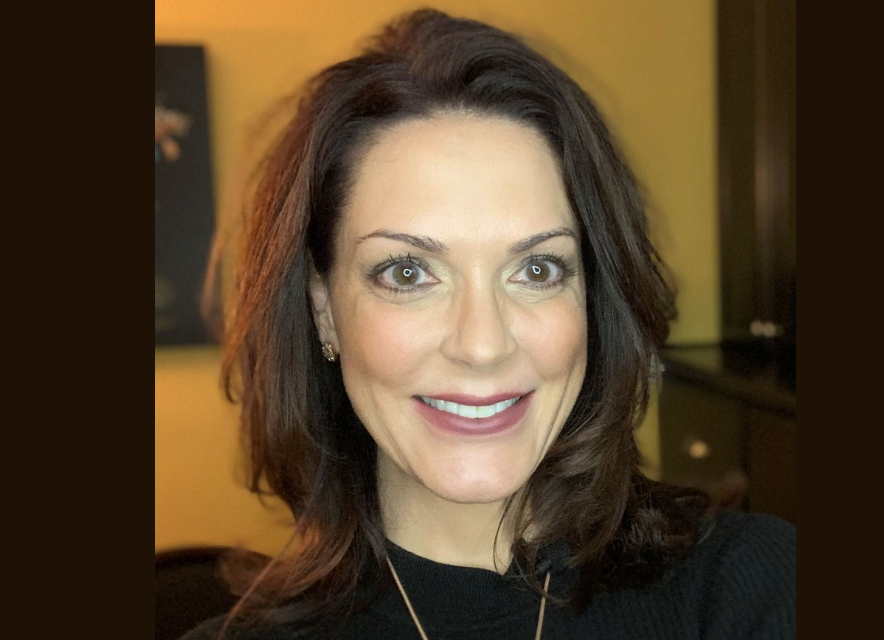
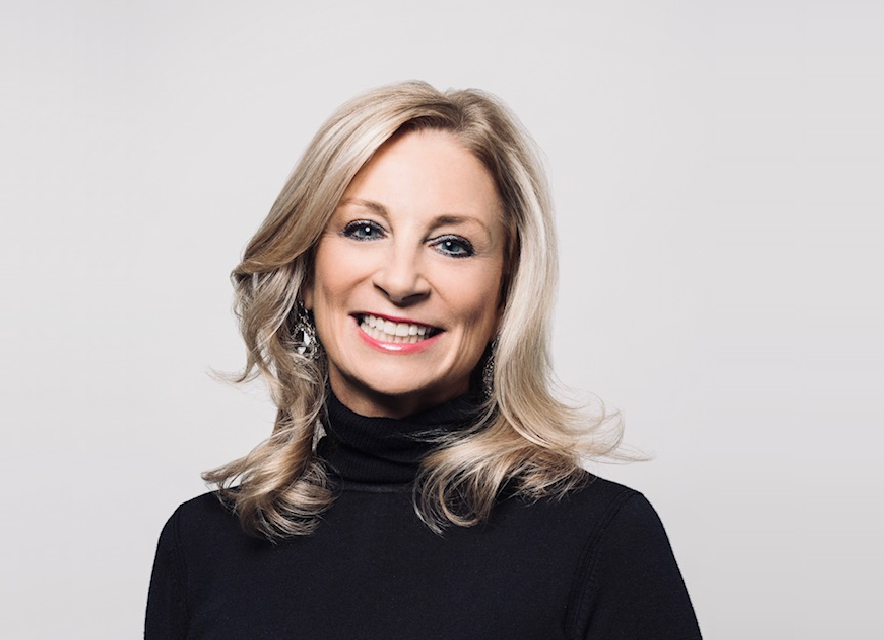
Leave A Comment